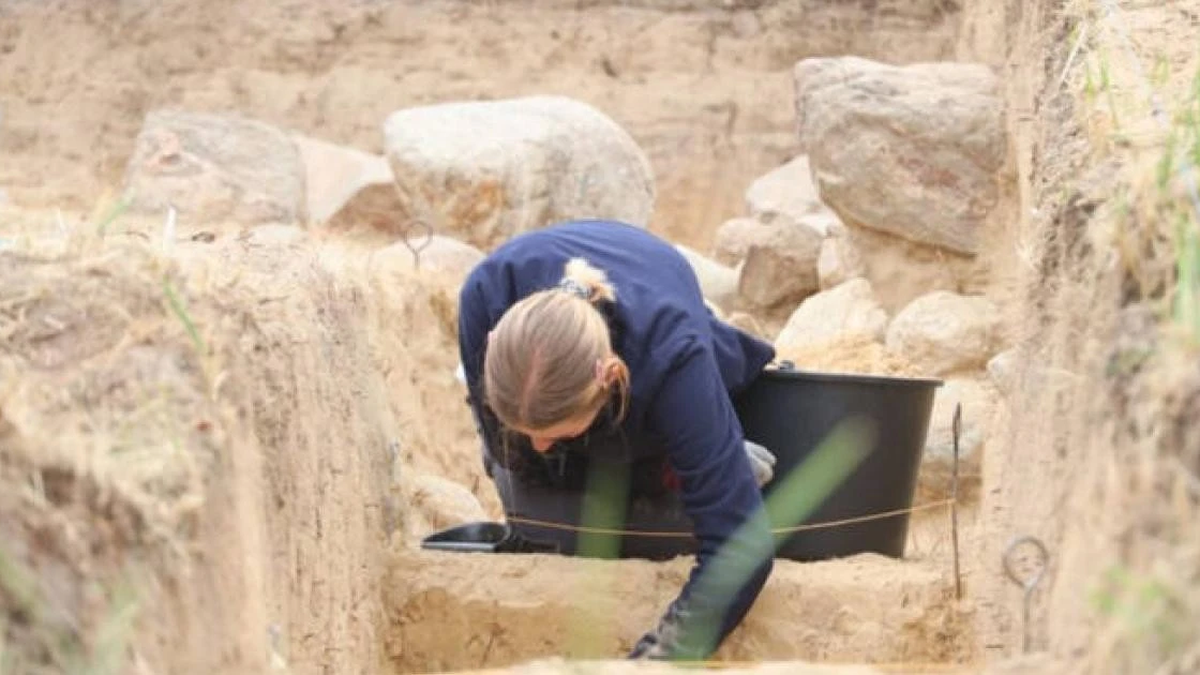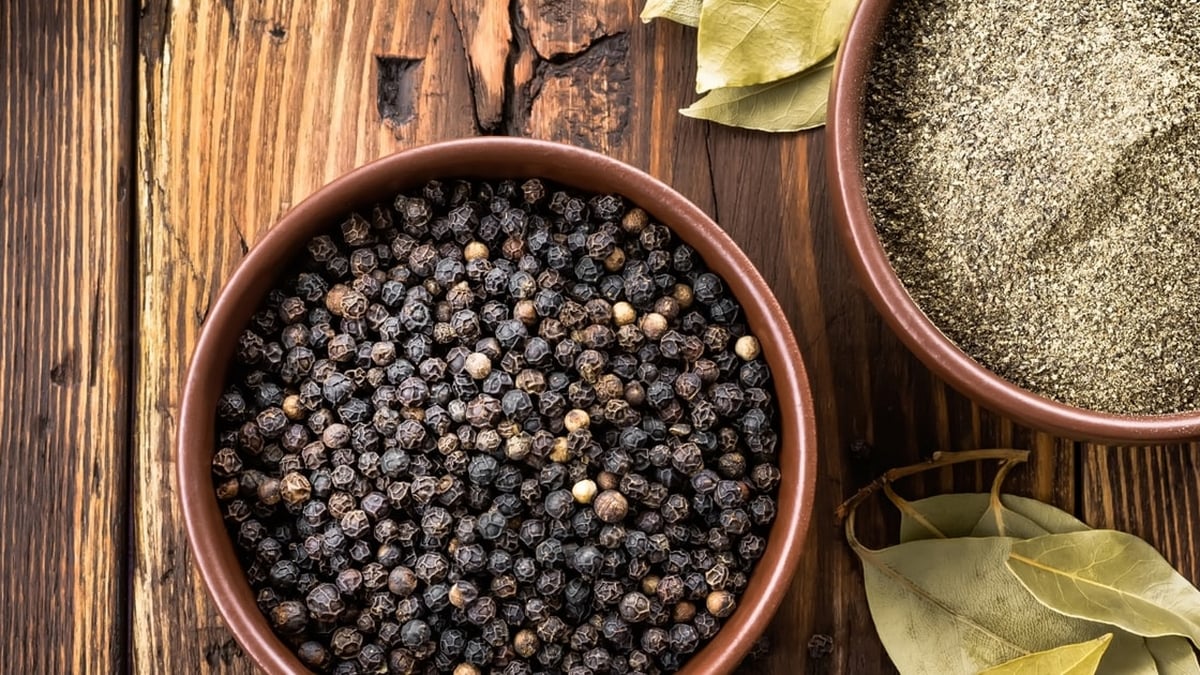The testicles can produce more than 100 million sperm per day and have a lower temperature than the rest of the body.
The testicles are part of the male reproductive system, shaped like eggs, about 5 cm long and covered by a bag of skin called the scrotum. Each man has two testicles. Here are some facts about this organ that many people may not know.
Is a sperm factory
The testicles produce about 1,500 sperm per second, about 90,000 sperm per minute, 5.4 million sperm per hour, and 130 million sperm per day. The testicles continuously produce sperm through a process called spermatogenesis. In addition, the testicles are also involved in the production of the hormone testosterone, an important hormone in the development and maturation of men, helping to create muscle, deepen their voices, and grow body hair.
Each person will have a different sperm count. An average ejaculation contains between 40 and 130 million sperm.
Lower temperature than the rest of the body
The testicles are about 3 degrees Celsius cooler than the rest of the body to produce and store sperm properly. The scrotum, which contains the testicles, is about 34 degrees Celsius, while the body temperature is usually 37 degrees Celsius. The cremaster muscles help control the temperature of the testicles by moving them closer to or away from the body when the air is warmer or cooler.
![[Caption]. Photo: Freepik](https://vstatic.vietnam.vn/vietnam/resource/IMAGE/2025/1/19/12ad9800b40c40dbaaad8c2e77b8d9fc)
Tight underwear does not give the testicles enough time to regulate temperature, affecting sperm quality. Photo: Freepik
The left testicle is lower.
The left testicle usually hangs slightly lower than the right, allowing the temperature of one testicle to change without transferring energy to the other, as would happen if they were close together or touching. This way, the body can raise or lower the temperature of one testicle without affecting the temperature of the other. It is also normal for one testicle to be slightly larger. The right tends to be larger than the left.
Vulnerable because it is outside the body
The testicles are rich in pain-sensitive nerves. The muscles in the scrotum will also pull the testicles closer to the body if they sense any danger, even if there is not an actual danger. For example, stroking the inner thigh can trigger this reflex, and emotions associated with fighting or fleeing can also trigger this response. If a man feels threatened or scared, the muscles will contract without him even realizing it.
Sensitive to sex
The testicles are extremely sensitive to pain, but all the nerve endings in the testicles can also lead to pleasure. The scrotal sac surrounding the testicles is packed with nerve endings and is considered the erogenous zone.
Testicular cancer is often detected late.
Signs of testicular cancer include: pain in the back, groin, abdomen or scrotum; a feeling of heaviness in the scrotum; a change in the size of one or both testicles... People often discover testicular tumors late because they can grow without pressing on any surrounding organs, so they are almost painless. The scrotal skin is also so loose that testicular tumors can grow without restriction. However, this type of cancer is highly curable.
The "green ball" phenomenon
Epididymal hypertension (EH), also known as “blue balls,” occurs when the blood vessels to the penis and testicles dilate to make room for increased blood flow. During sex, men may experience “blue balls,” which can cause pain in the testicles. As a result, men may not achieve orgasm at the beginning of sex, despite their partner’s efforts to stimulate them.
However, the testicles do not actually turn blue, or men may notice a bluish tint because more blood is pooling. The "blue balls" are not dangerous, and men do not need to have sex with their partner to relieve the symptoms. Once the penis returns to its normal state , the pain will subside.
As You Wish ( According to Health )
Source link




















































![[Maritime News] More than 80% of global container shipping capacity is in the hands of MSC and major shipping alliances](https://vphoto.vietnam.vn/thumb/402x226/vietnam/resource/IMAGE/2025/7/16/6b4d586c984b4cbf8c5680352b9eaeb0)













































Comment (0)